Download the STL's here to print your own! - https://makerworld.com/en/models/1136187
Purchase the STEP file here if you want to customise it! - https://www.patreon.com/TaylorHay/shop/blackberry-pi-cad-file-step-248650
BlackberryPi Handheld
Handheld Gameboy style full Linux computer, like Clockwork Pi, but with a Blackberry keyboard/mouse, and nothing proprietary!
 Taylor Hay
Taylor Hay
 I once again had to remove the usb ports on the power bank board, and solder a chopped usbc cable on, but I like that the back can be removed, unplugged, and the pi can be powered externally (I already had to use this feature to hook up an external monitor to get Kali Linux working on the Pimaroni screen)
I once again had to remove the usb ports on the power bank board, and solder a chopped usbc cable on, but I like that the back can be removed, unplugged, and the pi can be powered externally (I already had to use this feature to hook up an external monitor to get Kali Linux working on the Pimaroni screen)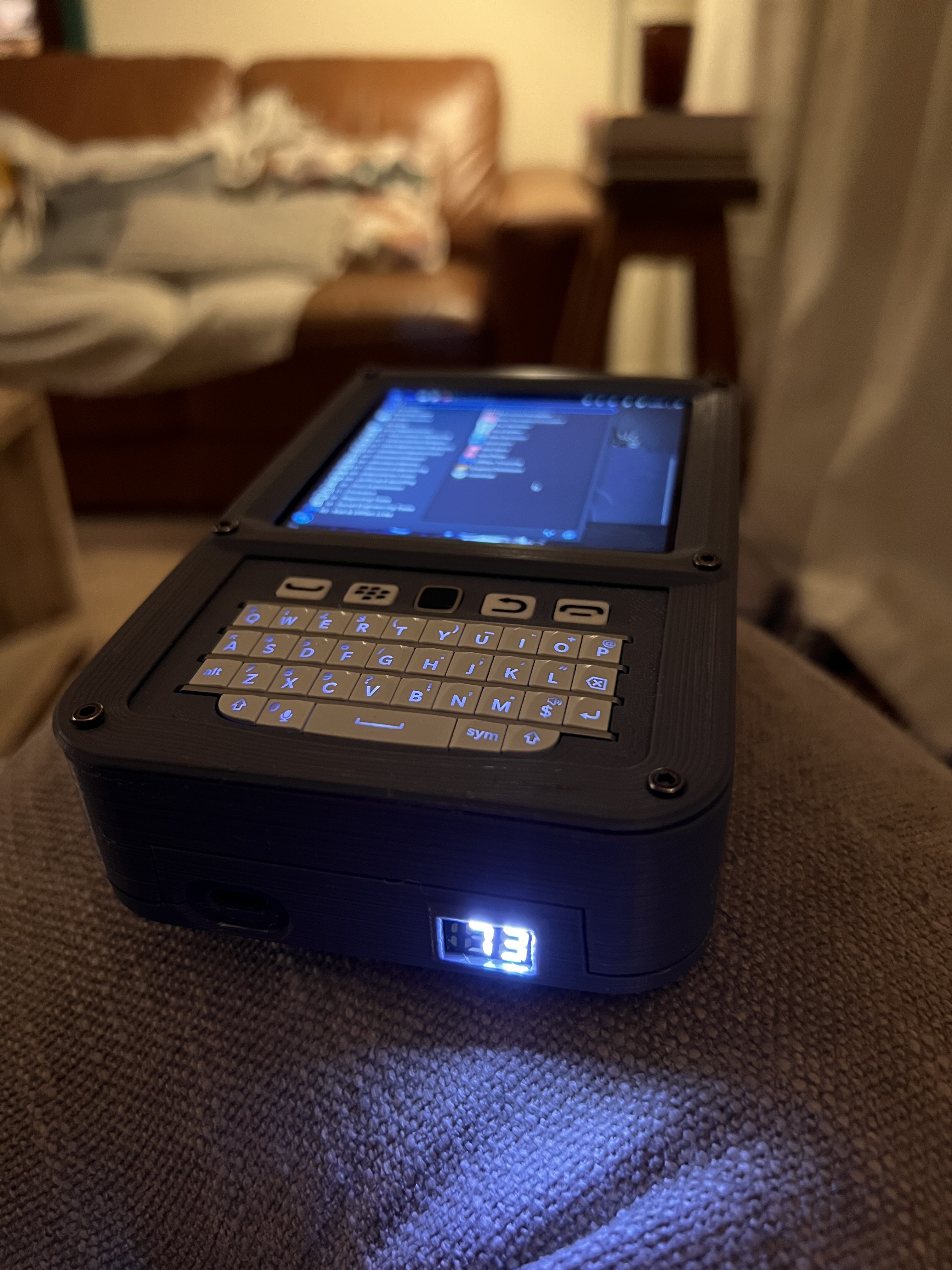
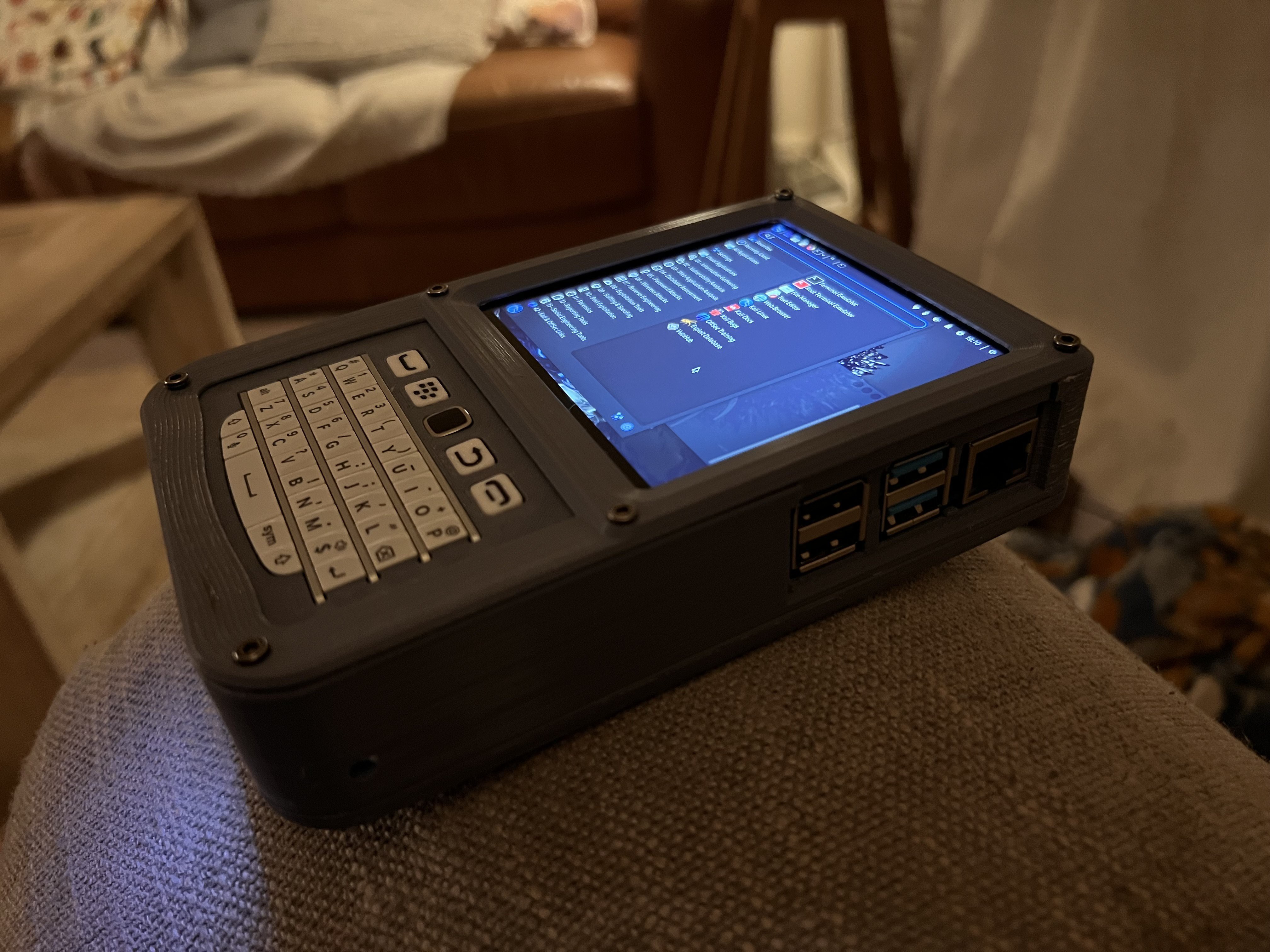
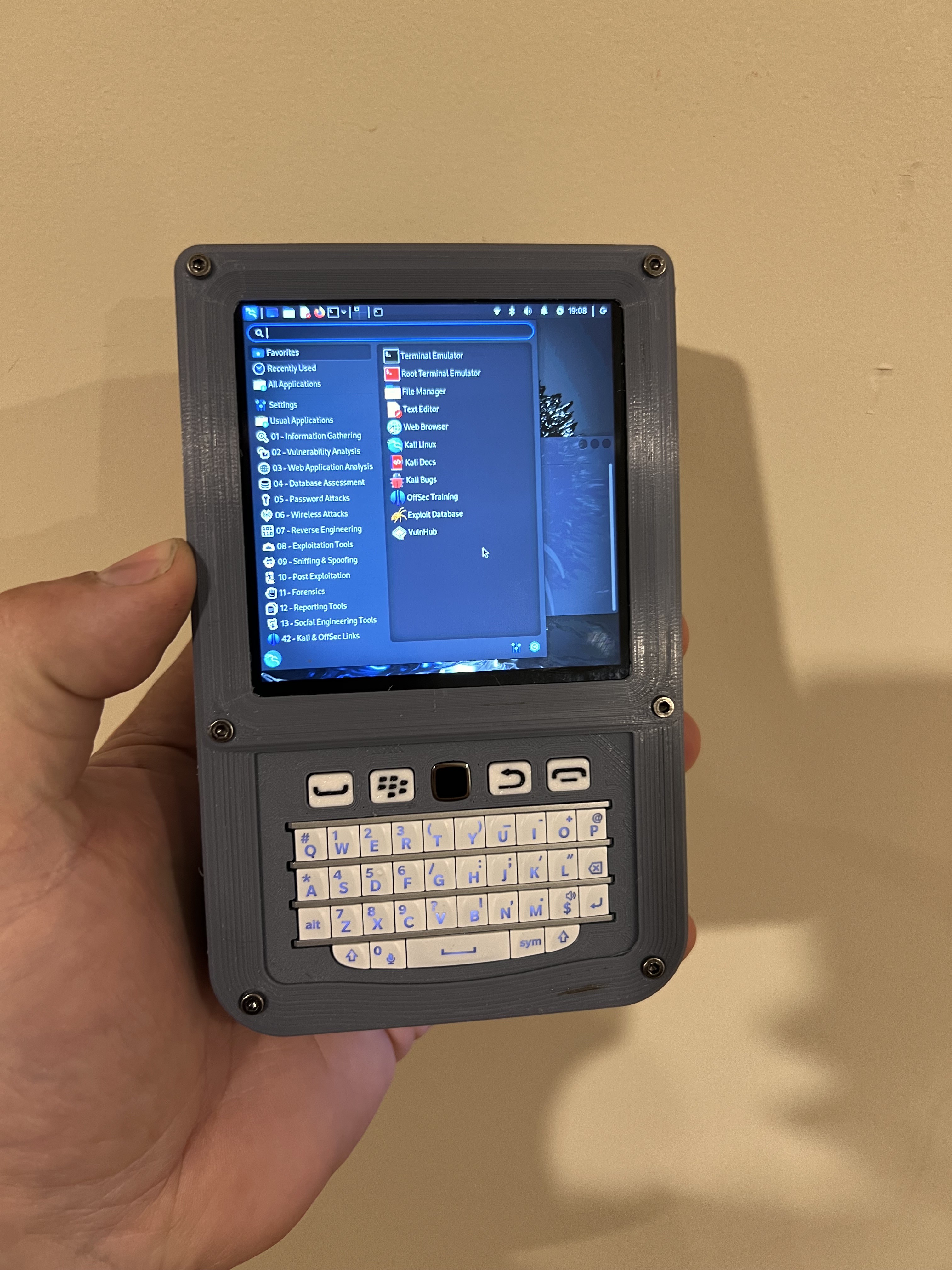
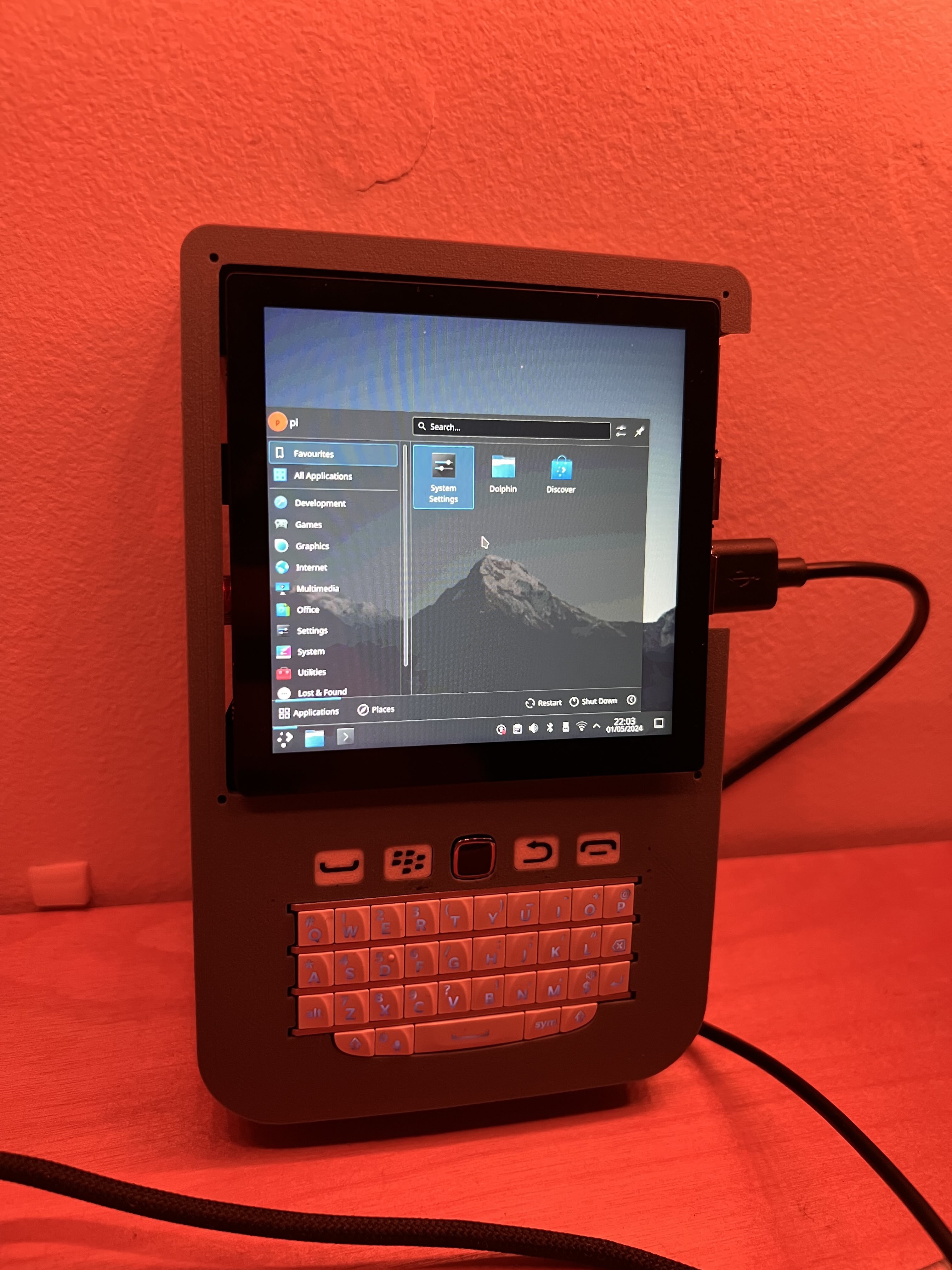
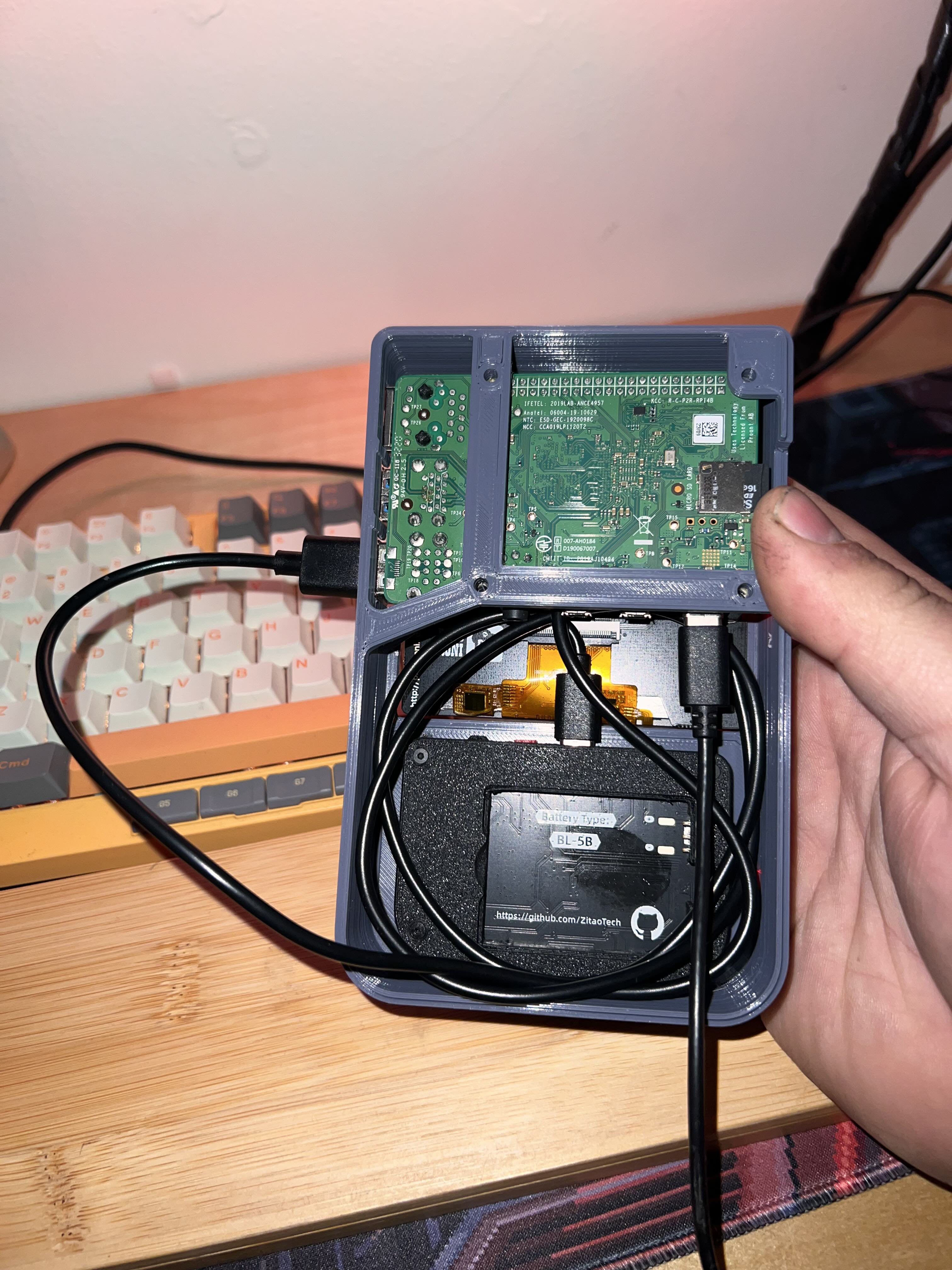
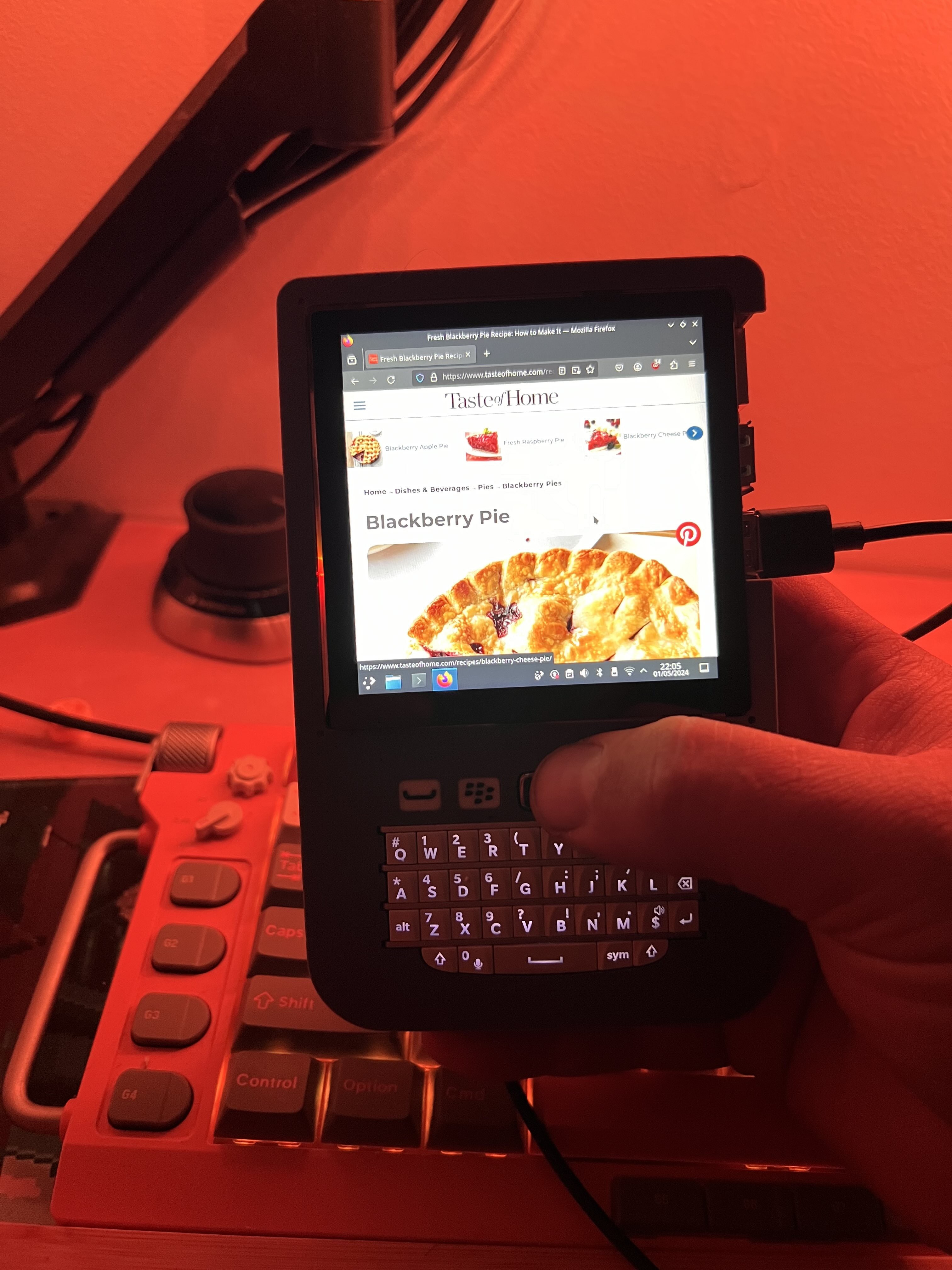
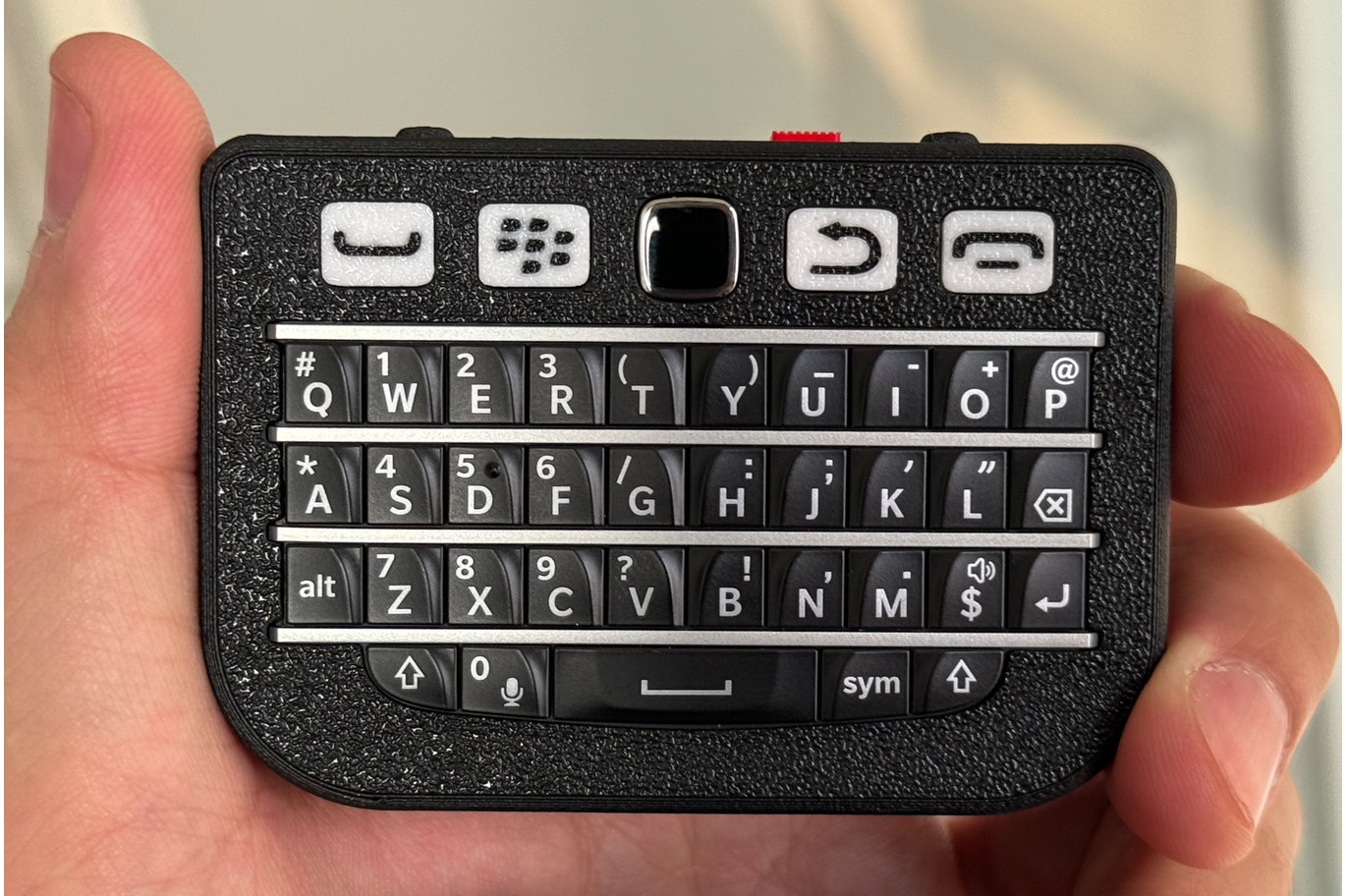
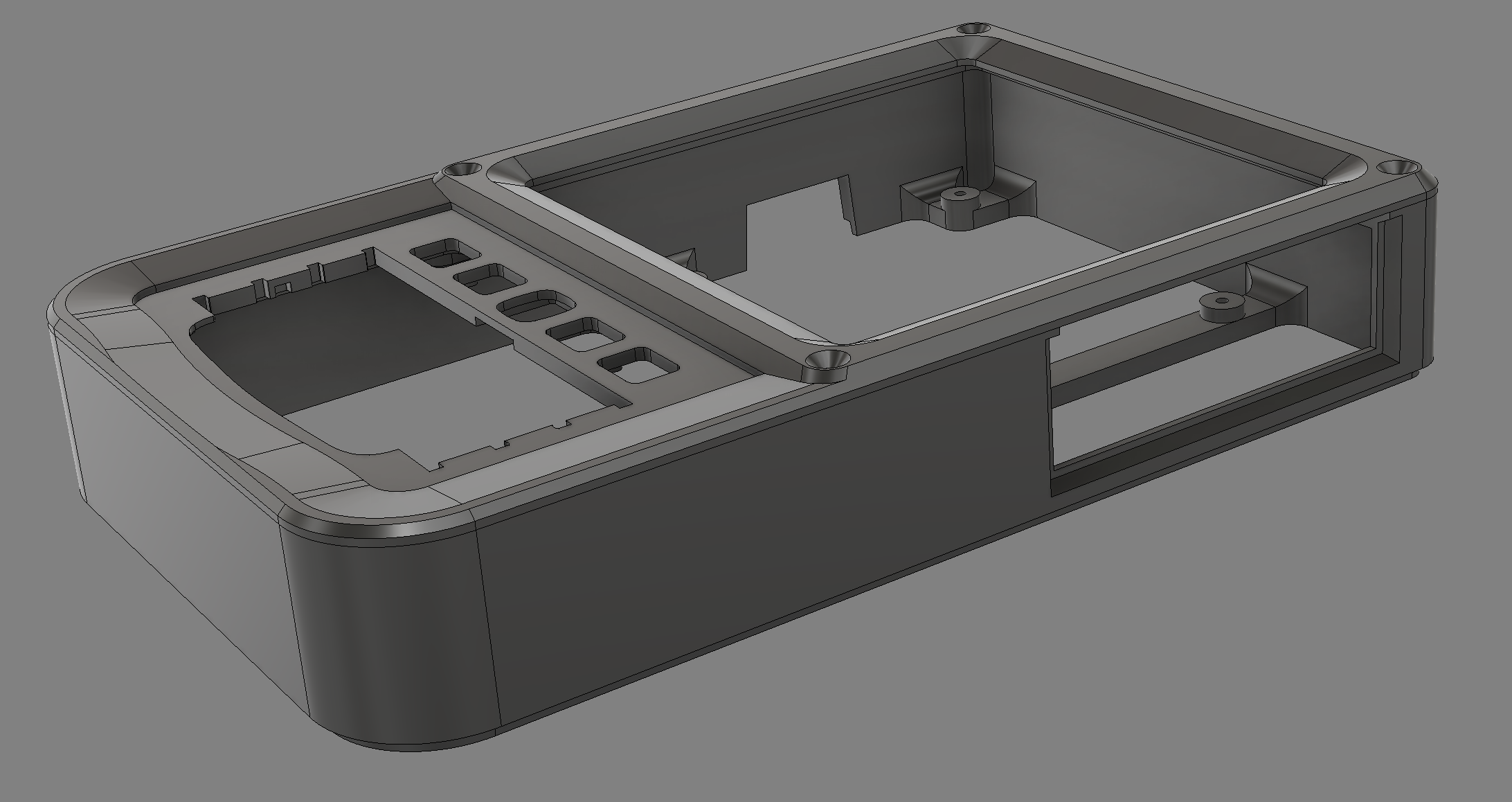
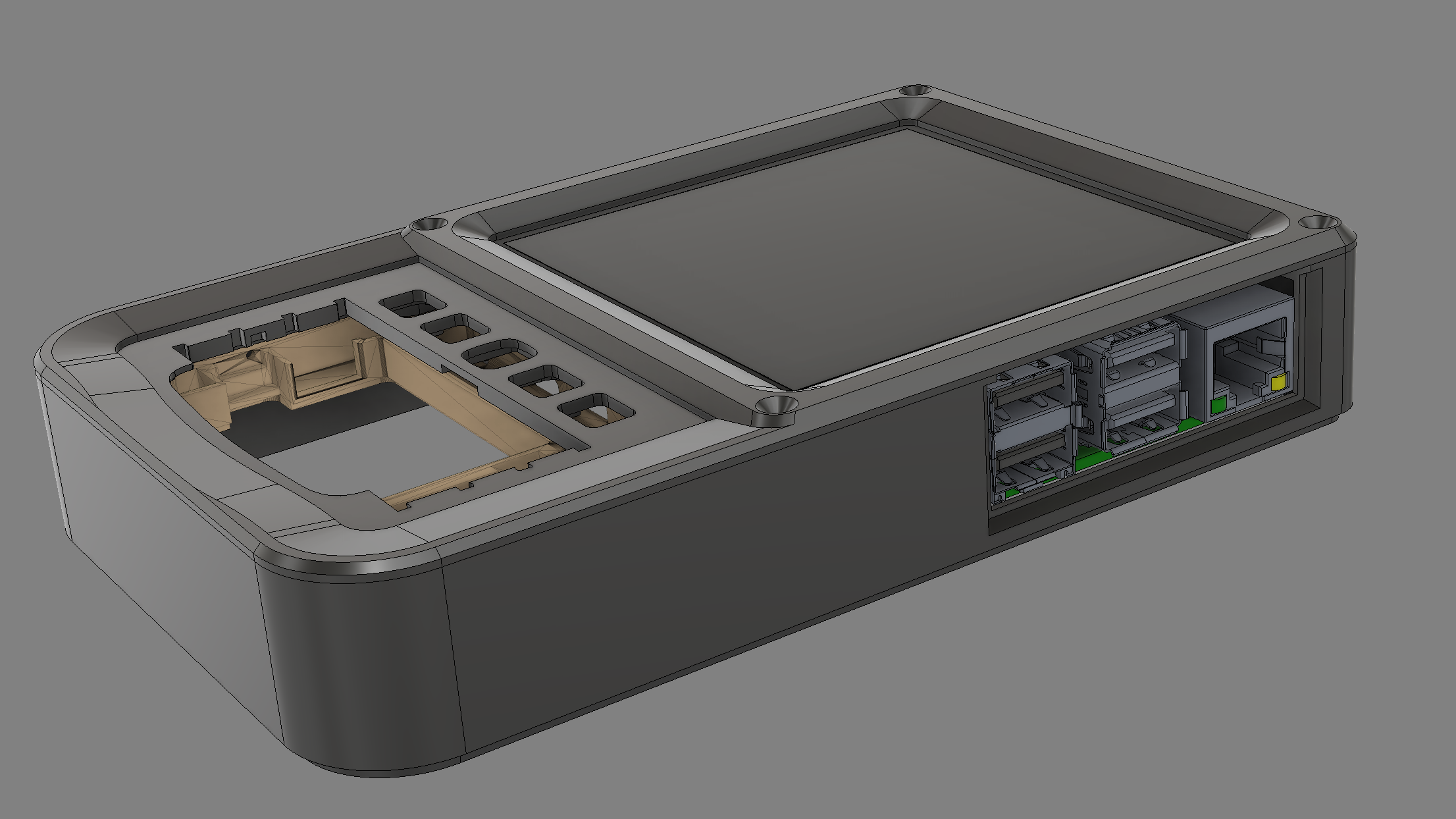
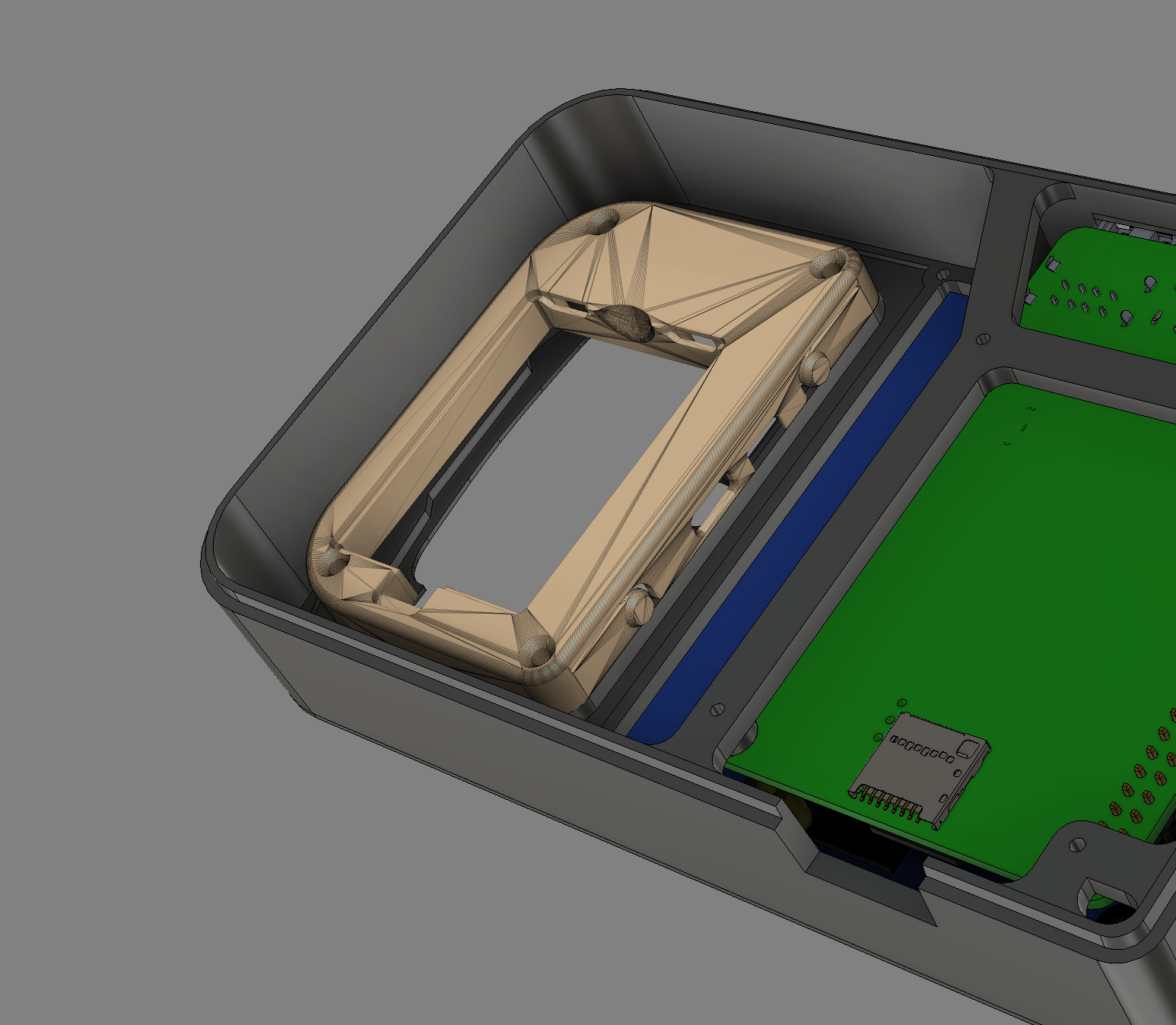
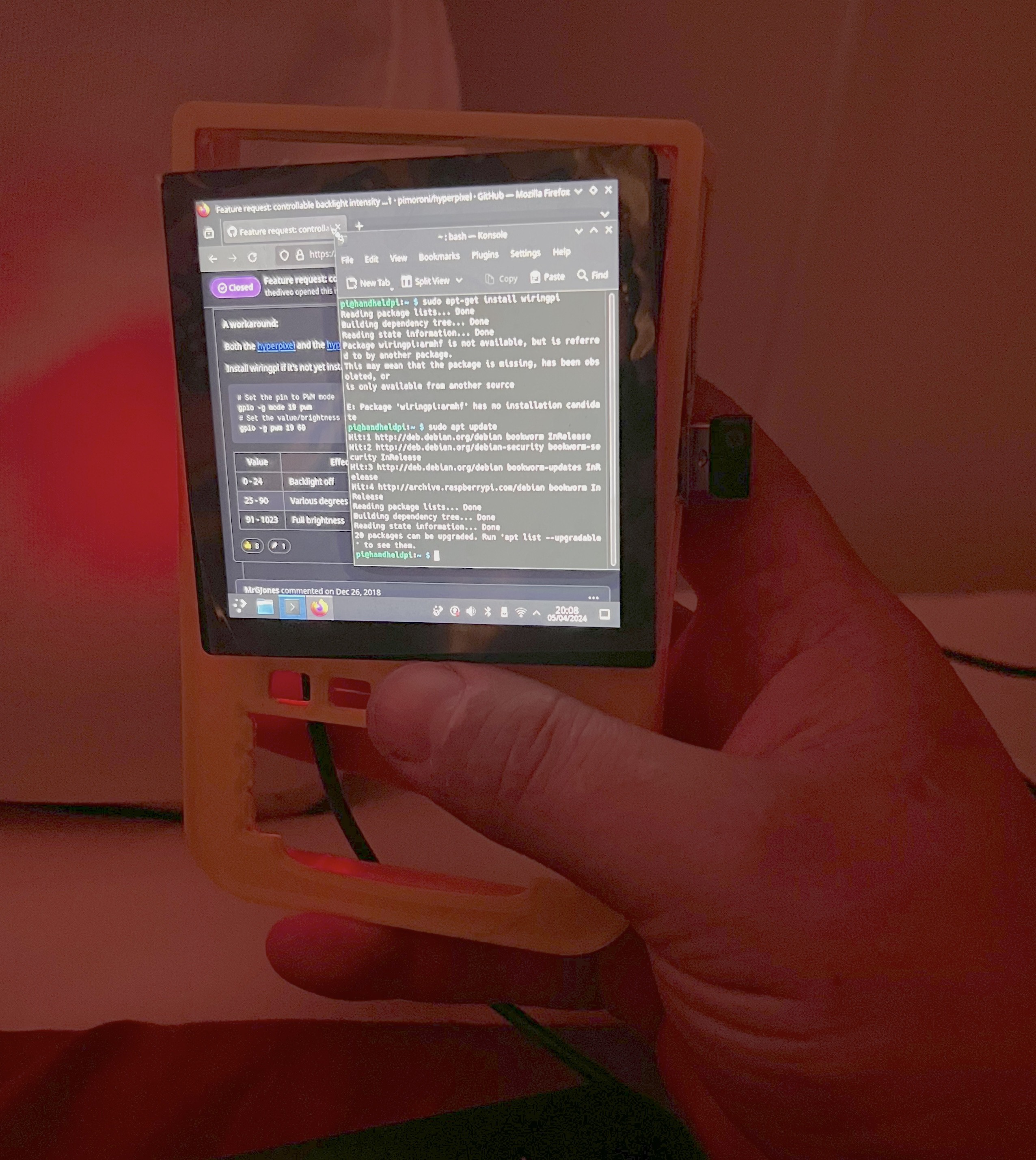







The seller of the keyboard currently says they are 'talking a break', which is understandable for small time component producers. Option 1 is to wait for them to make more. Option 2 is to find an alternative keyboard/mouse that will work (without over-complicating things). Any ideas for an alternative kb/mouse module for Option 2?